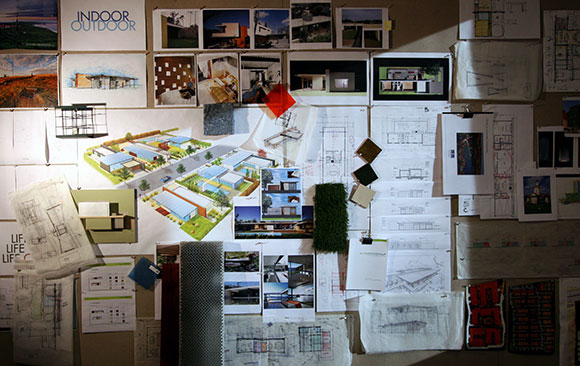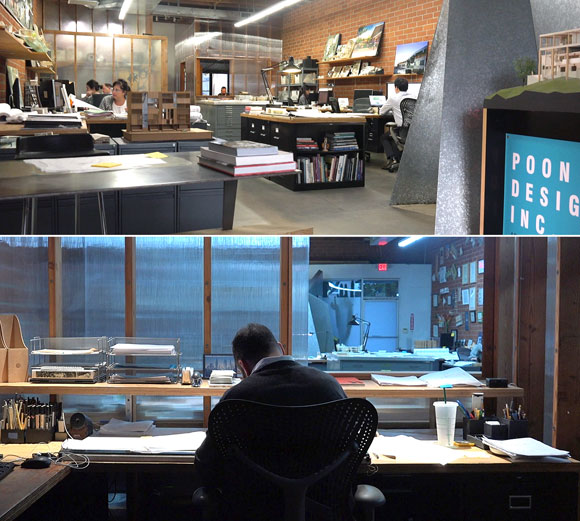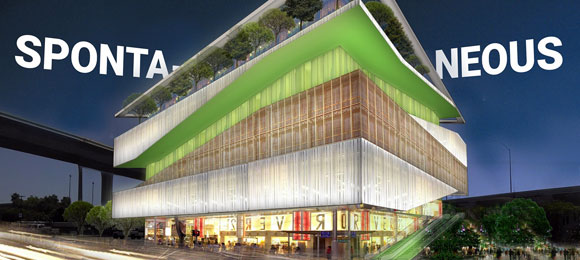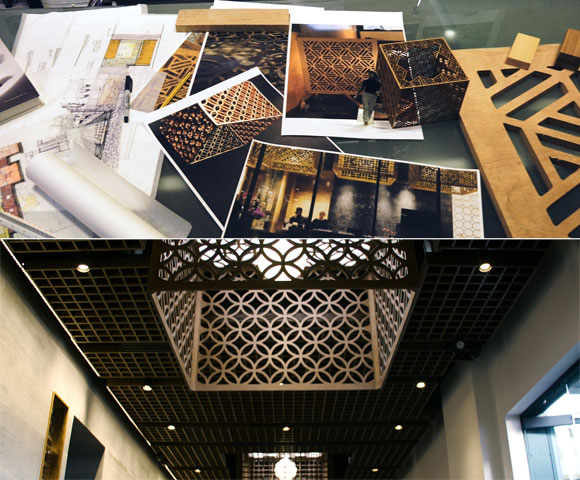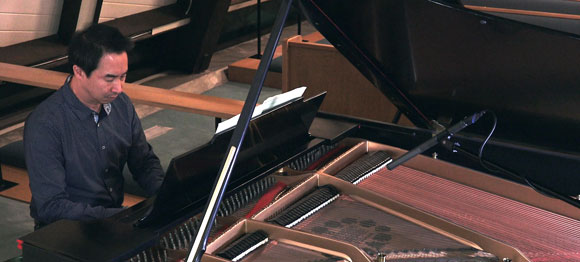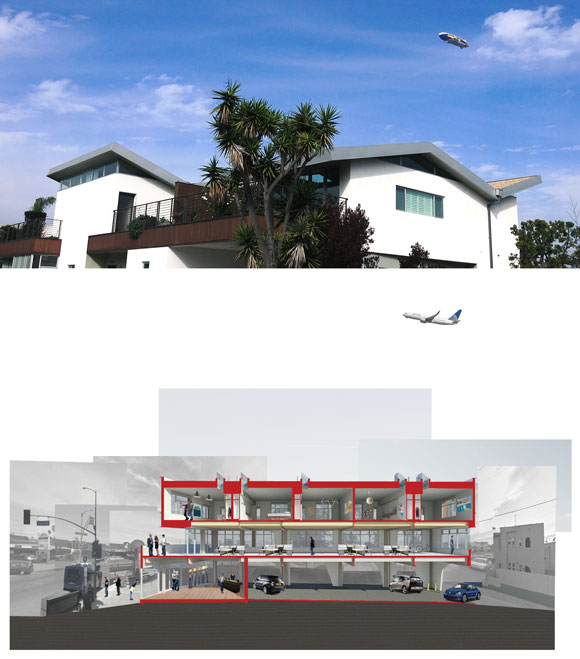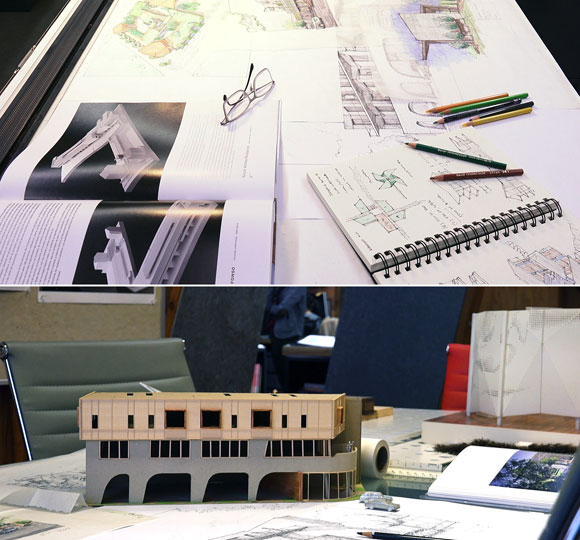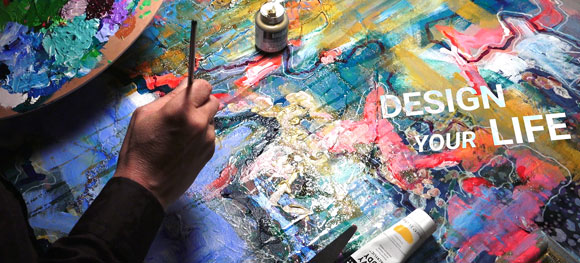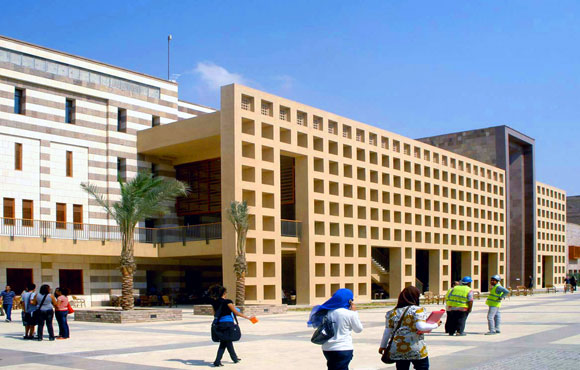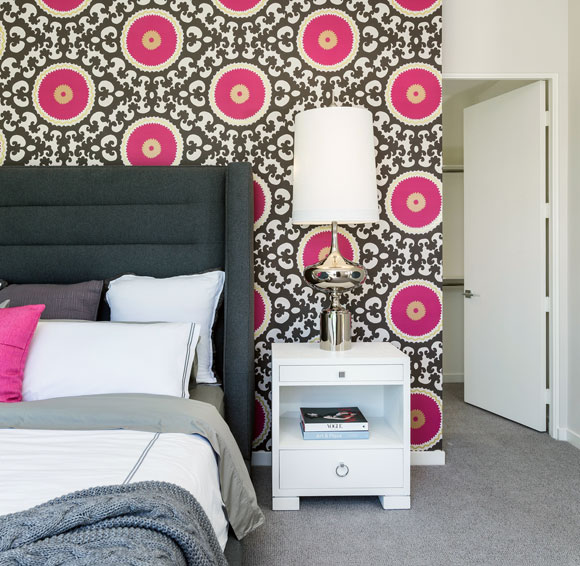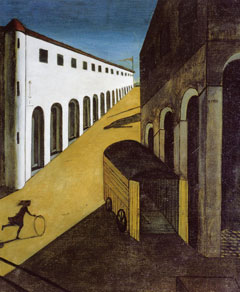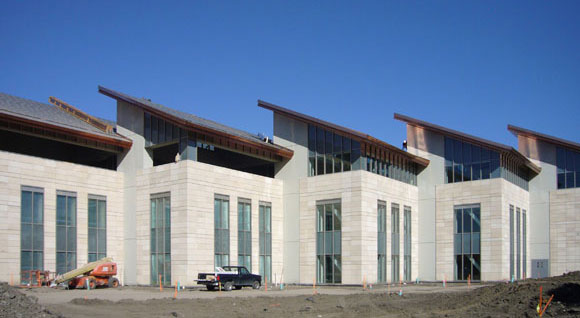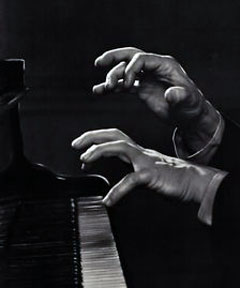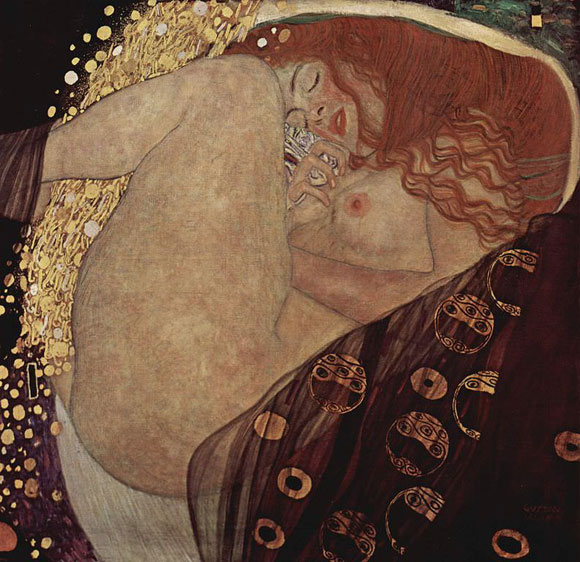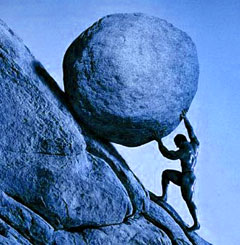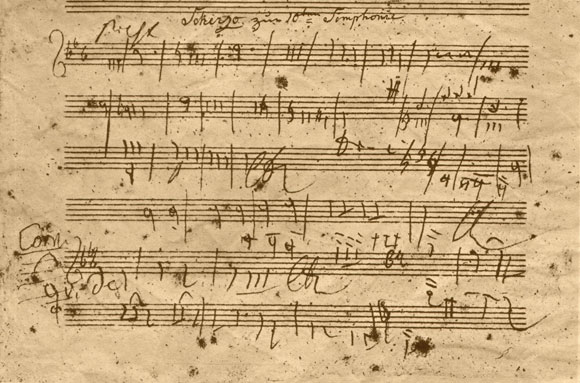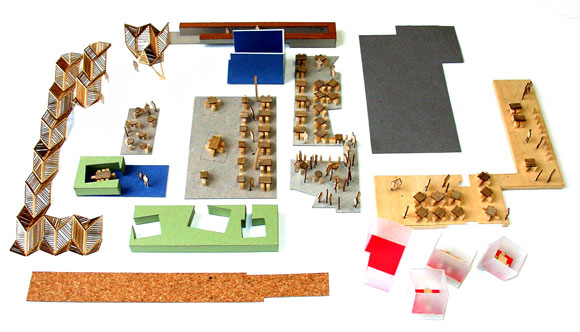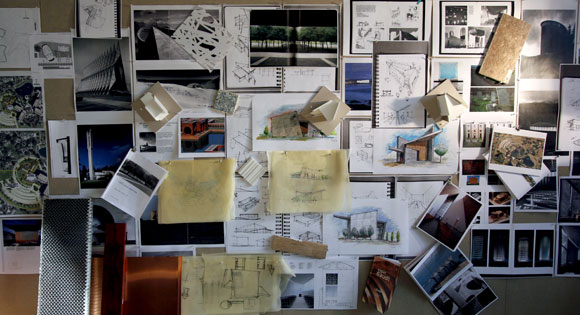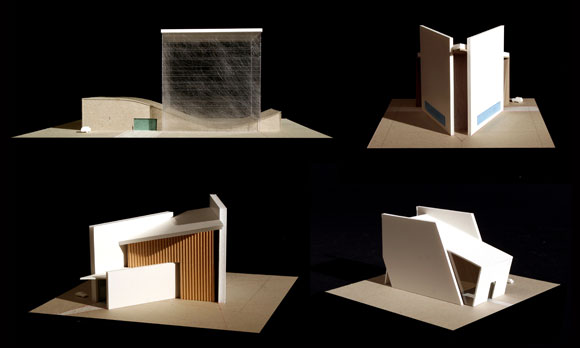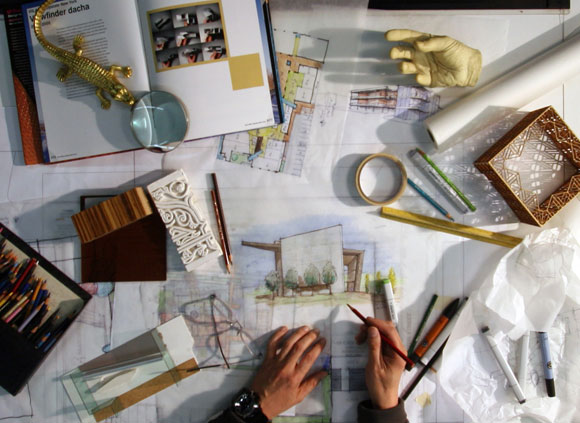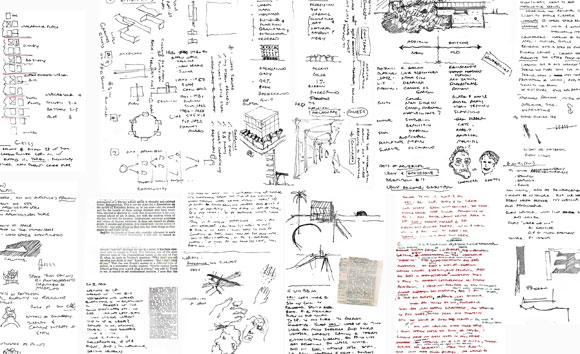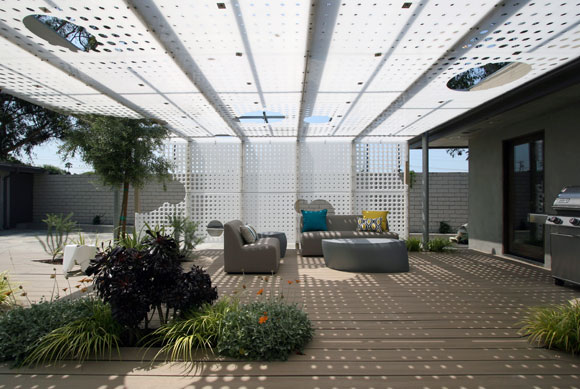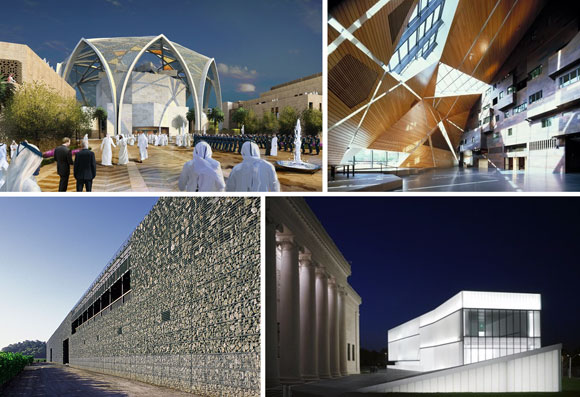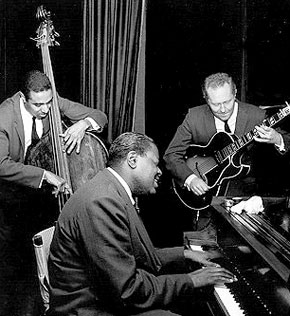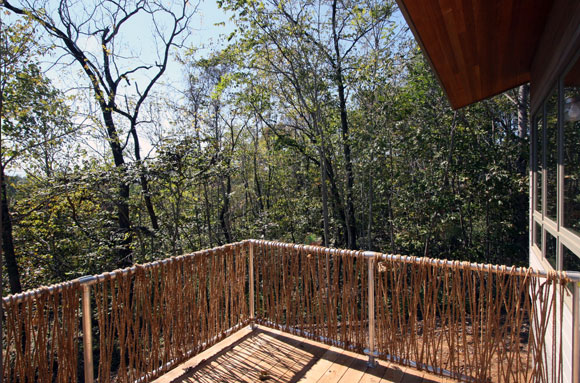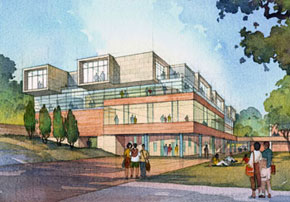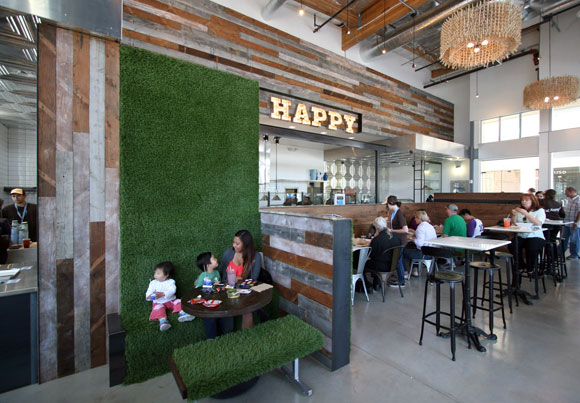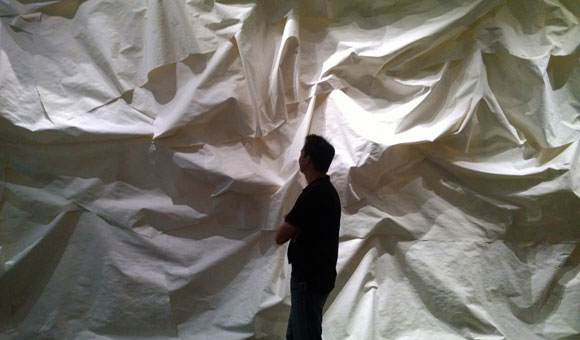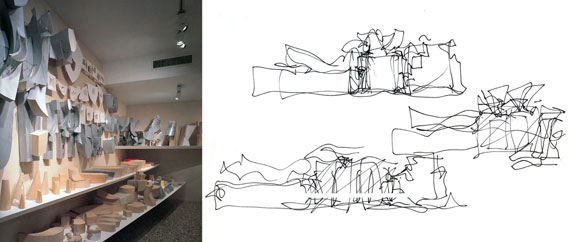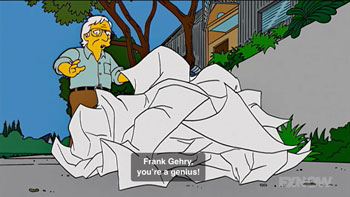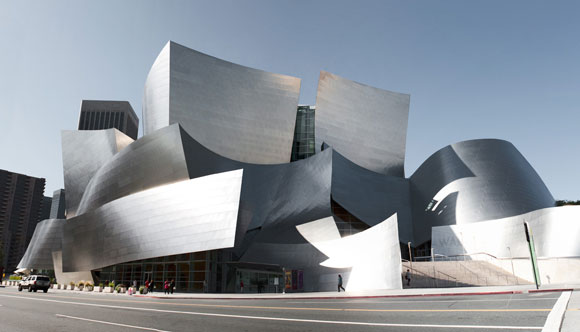#117: SHIFTING GROUNDS IN ARCHITECTURE
Fires at the 405 freeway, near where I previously resided. (photo from abcnews.go.com)
(Original feature editorial published in California Homes: The Essential Guide, Architects & Builders 2020)
As earthquakes and fires challenge our complacency, as a decade concludes, the design industry confronts transitions and shifting grounds. No, not trends in popular paint colors. And not faux-Cape-Cod homes on the west side. Architecture is one of the few remaining noble fields where those who choose to participate do so because architecture has the capacity to change the world.
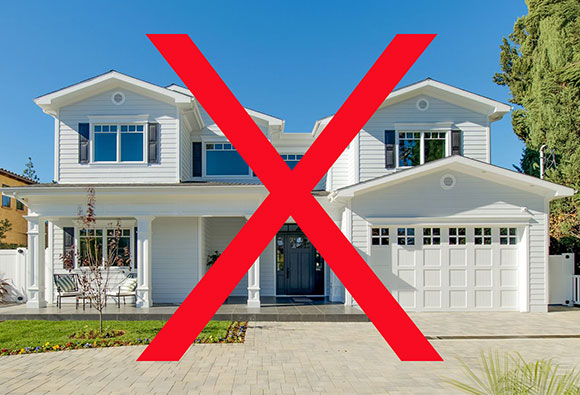

SUSTAINABILITY AND RESILIENCE
Sustainability is not a fad, no longer just a movement. It is mission critical. Being green does not simply comprise solar panels on the roof with recycled materials in the kitchen. Being an advocate for the environment has evolved into a lifelong commitment to our global community.
Last year as Poon Design Inc. received its certification as a sustainable business from the California Green Business Network, our pledge went beyond saving on paper and electricity. Our calling involves educating clients, participating in community service, and thinking beyond the physical environment, to include our economic and social circumstances.
Add the recent interests in biophilia and the instinctive association to nature and all forms of life. More crucial is what is known today as resilient design. How does architecture recover from disaster, whether fire or flood—even terrorism or a school shooting?
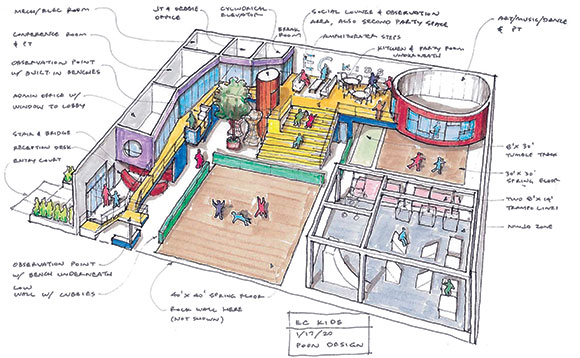
TECHNOLOGY AND PROCESS
I embrace the old school tools of my trade that include a pencil, triangle and drafting table. A quantum leap for design arrived with digital technology. Computers and algorithms are not just powerful tools for the creative process, but also for construction. But I argue that our clients have been saturated with this promising call of a technological future.
For the design process, hands-on, rolling-up-one’s-sleeves, real-time methods replace clicks of the mouse. Expressive hand drawings far outshine the heavily-Photoshopped computer rendering. A 3D-rendering captures what the house might look like. But a hand-drawn sketch captures the emotion. When in construction, Poon Design challenges the machine-made and the factory-produced output. We embrace the hand-crafted that expresses the human touch.
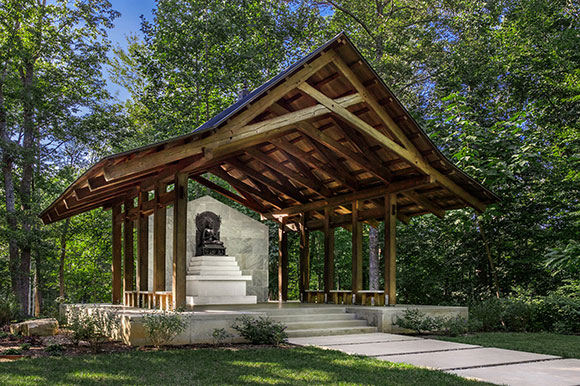
BLURRING THE LINES
Where advantageous, architects became design-builders. Where necessary, lines between architects and interiors designers became fuzzy. Where strategic, architects designed furniture and interior designers designed bedding and kitchenware. Though the business model of single-minded specialization is an expedient method to market one’s brand, such as being the expert of Spanish Colonial estates in Beverly Hills, the current industry reveres the design companies of greater depth and complexity. As Frank Lloyd Wright promoted decades ago, ambitious design studios offer an array of services under one roof, from architecture to interiors, from furniture to graphics, from landscape to product design. With the right client, Poon Design adds branding, fashion, art/music curation, and certified feng shui services.
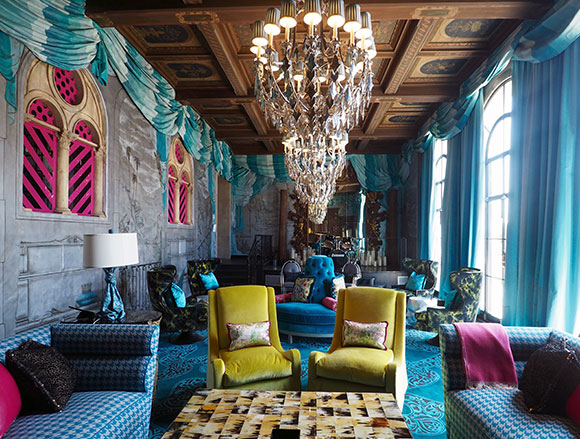
For each designer focusing exclusively on luxury single-family residences, there are architects embracing tract homes, prefabricated ADUs, affordable housing, and co-living mixed-use projects. Why can’t the architect of homes design a Buddhist temple?
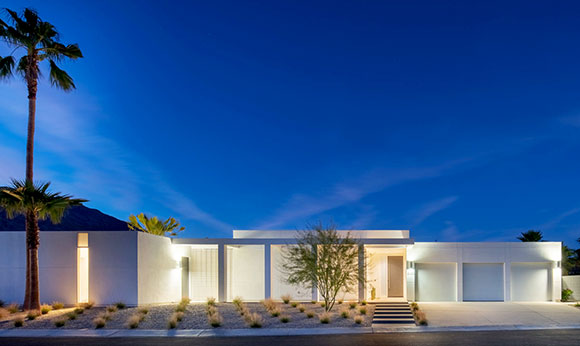
CONSTANT CHANGE
Practically a cliché these days, Heraclitus proclaimed, “The only constant in life is change.” The truism still applies.
I don’t have a crystal ball, nor do my fellow classmates. But we are somewhat Futurists and we encounter the patterns. 1) The significance of community outweighs the consequence of self. 2) Face-to-face, hands-on interaction prevails over phone texts and posting on Instagram. 3) There are no limits to what a designer can design, what a creative mind can create.
